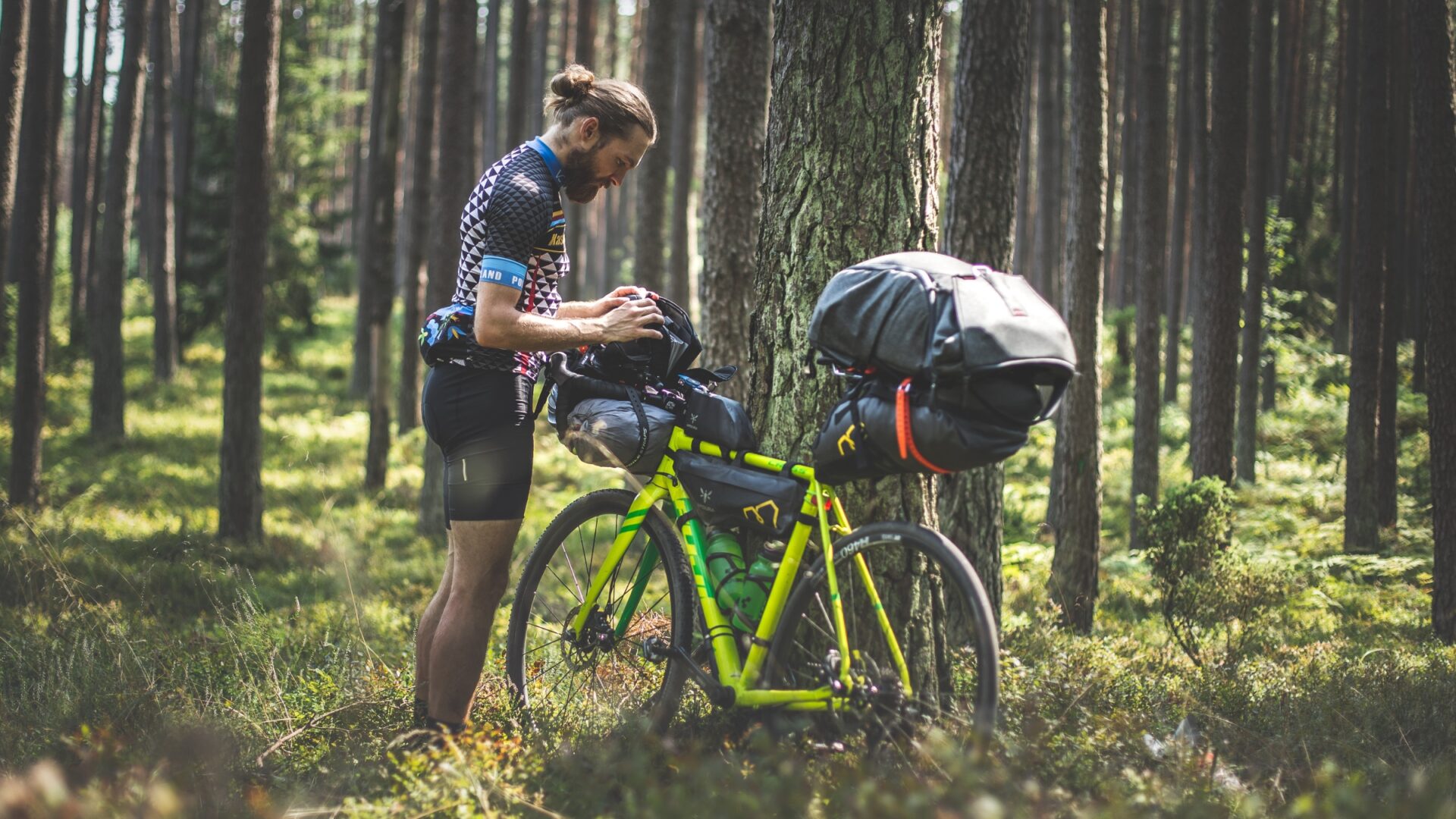Stage races and other multi-day events offer special challenges, particularly when it comes to recovery. We explore three of the key elements to maintaining good performances day after day.
Stage races and other multi-day events offer special challenges, particularly when it comes to recovery. We explore three of the key elements to maintaining good performances day after day.






